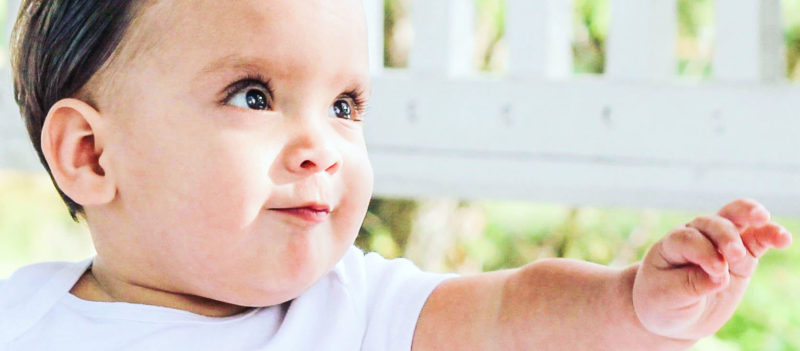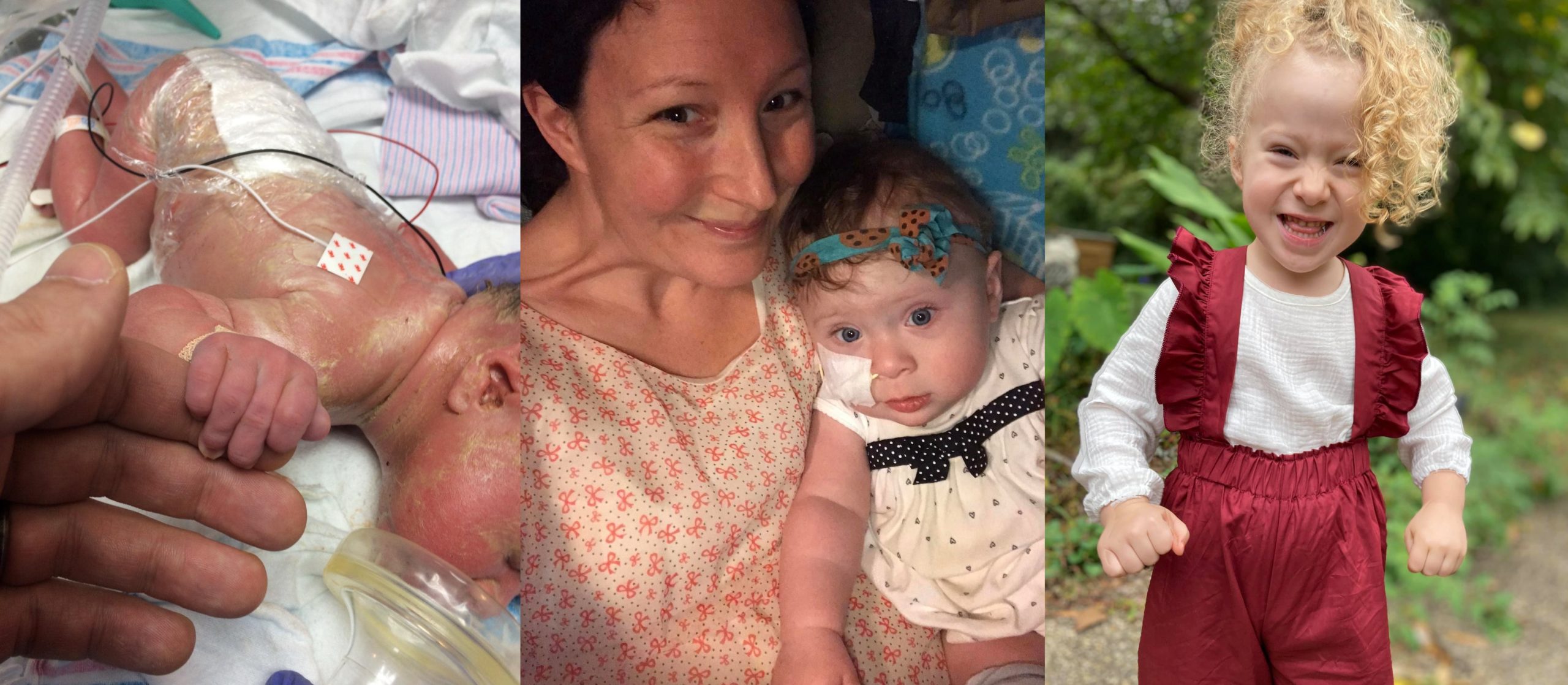You’ve just been told by your doctor that your baby has spina bifida. Between the tears you’re fighting back and the questions running through your mind, you’re probably scratching your head in confusion about all of this “spina-something” business.
Spina bifida. Myelomeningocele. A neural tube defect in which the spinal column fails to close completely within the first 28 days of fetal development.
You’re feeling scared and sad. Perhaps your doctor recommends termination. Perhaps not.
When my son was diagnosed with spina bifida at my 19-week anatomy scan, I was in your shoes. I was terrified. Worried. Unsure about the future.
I’m not a medical professional. I’m just a mom who’s been there. But over the last couple of years, I’ve learned a lot about spina bifida. And I’m going to share some of that with you.
Here are 10 things you should know about myelomeningocele:
- It’s not a death sentence. With proper medical care, over 90 percent of people with spina bifida live well into adulthood. They’re living longer, better lives these days, in fact. In the next several years we can expect that number to grow, thanks to better knowledge and awareness.
- There is a great amount of outdated information out there. I recommend backing away from Google. Find a pediatric neurosurgeon to speak with (they’re the experts on spina bifida). And seek support groups to join. You can find support groups for parents on places like Facebook and Babycenter.com.
- This isn’t your fault. One of the biggest myths is that folic acid completely prevents spina bifida. It is true that the occurrence of neural tube defects has reduced since the FDA mandated the inclusion of folic acid in things like breads, cereal, and flours. And the CDC estimates that folic acid supplementation prevents 1,300 cases of spina bifida each year.
However, the FDA also recognizes that only around 50% of cases are related to folic acid deficiency. I know women who took folic acid for years while trying to conceive, and they still had babies with spina bifida. While there are many reasons to make sure that your body is getting the right vitamins during pregnancy, spina bifida is caused by a combination of genetic and environmental factors. Unless it is established throughout your family’s history, you probably won’t ever know what caused it. - It’s more common than you think. Don’t know anyone who has spina bifida? Consider this statistic. In the US alone, spina bifida occurs in almost 1 out of every 1,500 live births. That’s a lot of people! The odds are high that at some point in your life you’ll meet someone who has it.
- There are actually 5 common types of spina bifida. In addition to myelomeningocele, they include myeloschisis, meningocele, lipomyelomeningocele, and spina bifida occulta. Those are big words, so I’ll spare you the medical mumbo-jumbo and get to the point. Some forms are “open” and others are skin-covered. The open forms are typically synonymous with health challenges. The odds are that your baby has one of those.
- Those challenges probably aren’t the ones you’re thinking of. Spina bifida may cause paralysis or weakness in the legs and feet. It can cause a buildup of fluid in the brain, known as hydrocephalus. This is often caused by Arnold Chiari malformation, a herniation of the brain stem into the top of the spinal column, which blocks the flow. Spina bifida is often associated with some degree of bowel and bladder dysfunction, depending on the severity of nerve damage. Luckily, these conditions can be treated in many ways.
- Each section of the spinal cord controls a different region of the body. Since the spinal lesion typically occurs in the lower thoracic, lumbar, and sacral areas of the spine, muscle paralysis most often occurs somewhere from the waist downward. Therefore, the higher on the spine the lesion is, the more it could affect your baby’s health. But that’s not always the case.
- Spina bifida is a “snowflake condition”. Just as no two snowflakes are exactly alike, no two people with spina bifida are alike. Some people have a shunt or a surgery called an ETV to treat hydrocephalus. Some people don’t have hydrocephalus at all. Some people use walkers, crutches, or wheelchairs to achieve mobility. Some people walk without assistance.
- Your baby’s spina bifida will need to be surgically repaired. While most babies undergo the defect repair and spinal closure within the first 24-48 hours of life, fetal surgery may be an option for you. It carries serious risks, and not everyone will qualify. But there is evidence that performing the repair in utero can lessen some of the effects caused by spina bifida. For my son and me, the benefits outweighed the risks. And I knew that even if we didn’t qualify, I wanted to try everything in my power to offer my son a better chance at life. That being said, fetal surgery is not the right choice for everyone, but it is an option that is becoming more popular these days. You can learn more by contacting a hospital that specializes in fetal care.
- Finally, and perhaps the most factual bit of info that I’ll share with you is this. Your baby will amaze you. You’ll stand in awe as you witness your child’s resilience, strength, and determination. You’ll learn and do things that you never imagined you’d do in order to give your child the best life possible. And you’ll wonder how you ever lived without your beautiful, unique child.
I understand that you’ve been overwhelmed by information – I’ve thrown a lot your way. The best thing that you can do for your baby right now is to seek support and help, and to get educated about spina bifida. There’s a world of possibilities out there just waiting for your little one’s grasp, and there’s a community of parents like me who’ll be with you every step of the way.
For more information on Spinal Bifida and Myelomeningocele Surgery, visit our Fetal Center.






?? I love everything about this post. Thanks so much, Megan!